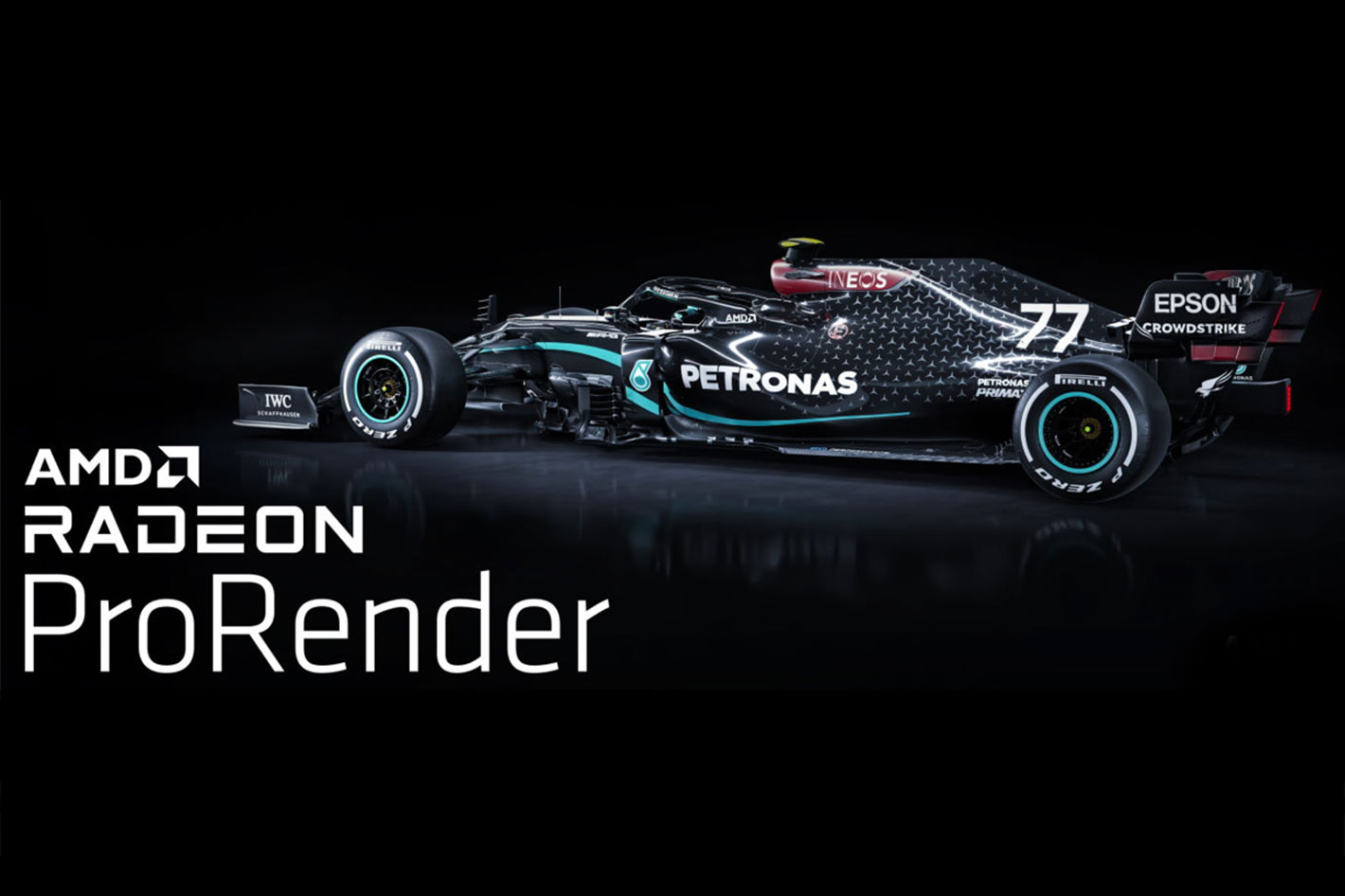
Optimized for AMD Radeon PRO and Radeon RX graphics cards, AMD Radeon ProRender is built on open standards and works on any GPU that supports OpenCL 1.2 and on any CPU. It uses open industry standards to enable creative professionals to produce incredible photorealistic images. Earlier this year, AMD released a new version of the AMD Radeon ProRender 2 SDK on GPUOpen which added many new features such as Cryptomatte AOVs, Deformation Motion Blur, Subsurface Scattering, and more.
Last July AMD updated select Radeon ProRender plug-ins incorporating the latest Radeon ProRender SDK and more. The company included updates for its Blender add-on, Autodesk Maya plug-in, and the SideFX Houdini (USD) plug-in. This August the company announced several new plug-ins now available for its fast and easy rendering engine.
The new updates include:
- Radeon ProRender Plug-in for Autodesk Inventor: A free, downloadable plug-in is now available for Autodesk Inventor, the 3D CAD software for product design and engineering, using the latest rendering standards, USD and MaterialX, and supporting hardware-accelerated raytracing on AMD RDNA 2 architecture-based graphic cards. Autodesk Inventor makes it easy for any user, regardless of experience, to create photorealistic visualizations of designs. For more information and to download Radeon ProRender for Autodesk Inventor, visit the Autodesk store.
- Radeon ProRender USD Hydra Plug-in for Blender: Pixar USD is quickly becoming an industry standard, and Blender is equally crucial for 3D software application for designers. With the Pixar USD system, there is now a robust and open way to exchange and assemble data from multiple applications. AMD’s new USD plug-in for Blender includes the Radeon ProRender USD Hydra renderer, and uses the open source MaterialX standard for materials. Visit here to download the plug-in today.
- Radeon ProRender Plug-in Updates: The new plug-in updates add support for the latest versions of Maya, Blender, and USD, as well a new “RPR Toon Shader” node to create interesting rendering looks. In addition, Radeon ProRender 2 now supports subsurface scattering, refraction absorption, and volume shaders to enable the creation of organic or light-absorbing materials. The latest plug-in updates can be downloaded here.
Developers thinking about adding physically-based rendering to their application’s workflow can also download the easy to integrate AMD Radeon ProRender Software Developer Kit (SDK), freely available under the permissive Apache License 2.0 on GPUOpen and part of the AMD Radeon ProRender Developer Suite that also includes SDKs for AMD Radeon Rays and the AMD Radeon Image Filter Library. A Pixar USD Hydra render delegate plug-in and open-source versions of AMD’s Radeon ProRender plug-ins are also available.
Radeon Rays is a high-efficiency, high-performance ray intersection acceleration library that supports a range of use cases, including interactive light baking for game development workflows, and real-time indirect sound simulation. AMD Radeon Image Filter uses AI-Accelerated Image Enhancement. Harness the power of machine learning to enhance images with denoising, enabling your application to produce high quality images in a fraction of the time traditional denoising filters take.
